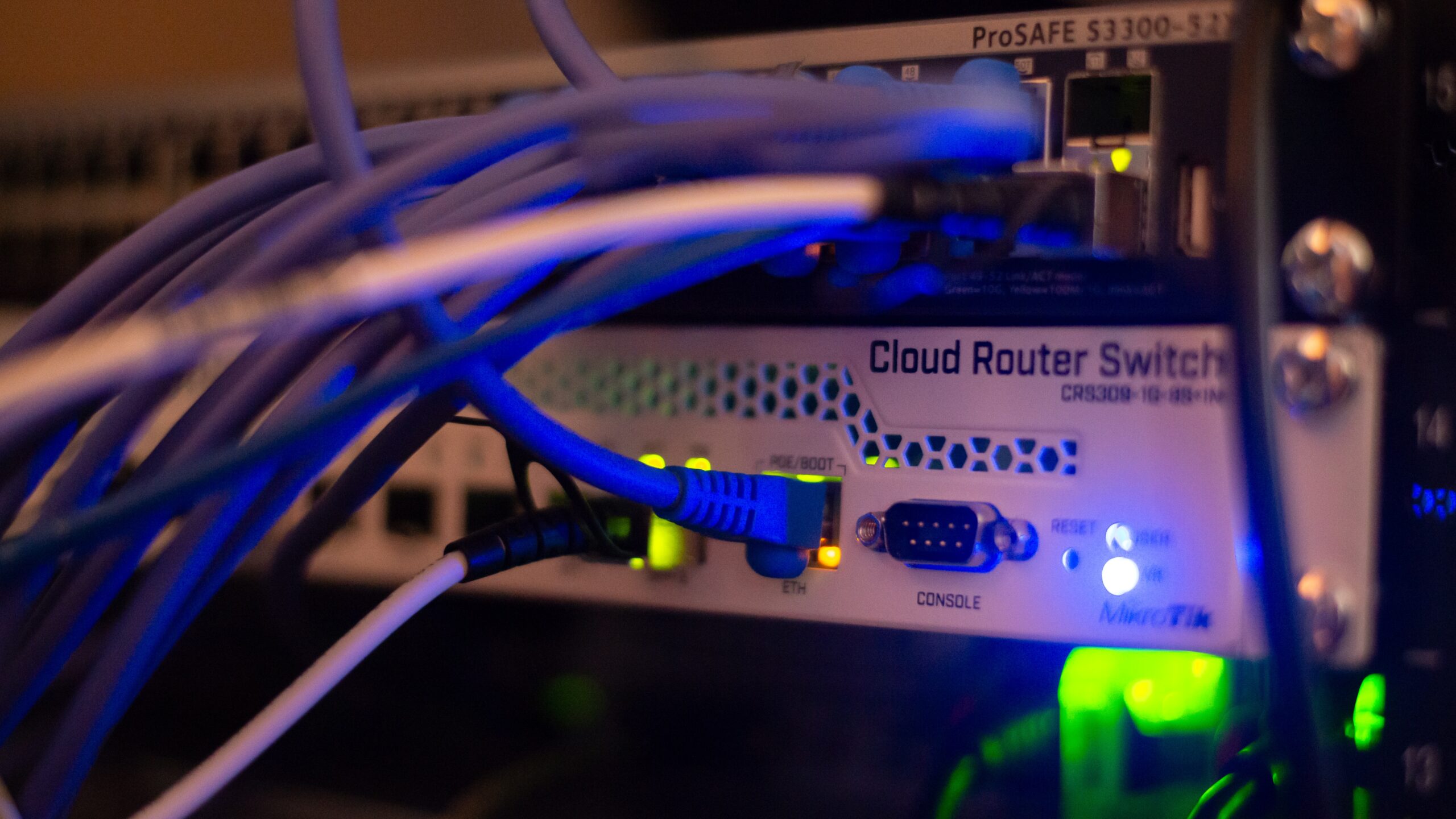Managed vs Unmanaged Switches: Understanding the Difference
Computer networks are the backbone of business operations in today’s interconnected world. A reliable and efficient network is crucial for smooth communication and data transfer, whether a small office or a large enterprise. Switches are vital in connecting devices within a network, but not all switches are created equal. This blog post will explore the difference between managed and unmanaged switches.
Unmanaged Switches
Unmanaged switches are the most basic type of switches available in the market. They are plug-and-play devices that require minimal configuration. These switches are typically used in small networks where simplicity and cost-effectiveness are the primary concerns.
An unmanaged switch operates at the data link layer of the OSI model and performs the primary function of forwarding network traffic. It is designed to automatically learn and store MAC addresses, allowing devices to communicate with each other.
However, unmanaged switches lack advanced features and control options. They cannot be remotely managed or configured, which limits their functionality. These switches do not support VLANs (Virtual Local Area Networks) or advanced security features. They are best suited for home networks or small businesses with limited devices.
Managed Switches
Managed switches, on the other hand, offer a higher level of control and flexibility. They provide advanced features that allow network administrators to monitor, configure, and optimize network performance.
A managed switch can be accessed and controlled remotely through a web-based or command-line interface. This enables administrators to configure VLANs, set up Quality of Service (QoS), and implement security measures such as Access Control Lists (ACLs) and port mirroring.
Managed switches also offer better performance and scalability. They can handle more traffic and have a higher port density than unmanaged switches. Additionally, managed switches support features like Spanning Tree Protocol (STP) and Link Aggregation Control Protocol (LACP) for redundancy and increased bandwidth.
Which Switch is Right for You?
Choosing between a managed and unmanaged switch depends on your network requirements and budget. An unmanaged switch may be sufficient if you have a small network with a limited number of devices and do not require advanced features.
However, a managed switch is the way to go if you need greater control, security, and scalability. Managed switches are ideal for medium- to large networks with critical network performance and safety.
It is important to note that managed switches are typically more expensive than unmanaged switches. They also require a higher level of technical expertise to configure and maintain. You may consider outsourcing network management to a managed service provider if you do not have an in-house IT team or the budget for managed switches.
Managed and unmanaged switches serve different purposes in network infrastructure. Unmanaged switches are simple, cost-effective solutions for small networks, while managed switches offer advanced features and control for more extensive networks. Understanding the difference between the two will help you decide when setting up or upgrading your network.
Progressive Office Cabling
Founded in 1986, Progressive Office’s success is a direct result of years of commitment to seeking cost-effective solutions. Progressive teams are committed to installing and operating your data cabling, access control, and telecom systems while minimizing disruption and downtime. Call our toll-free number (800) 614-4560 today.

